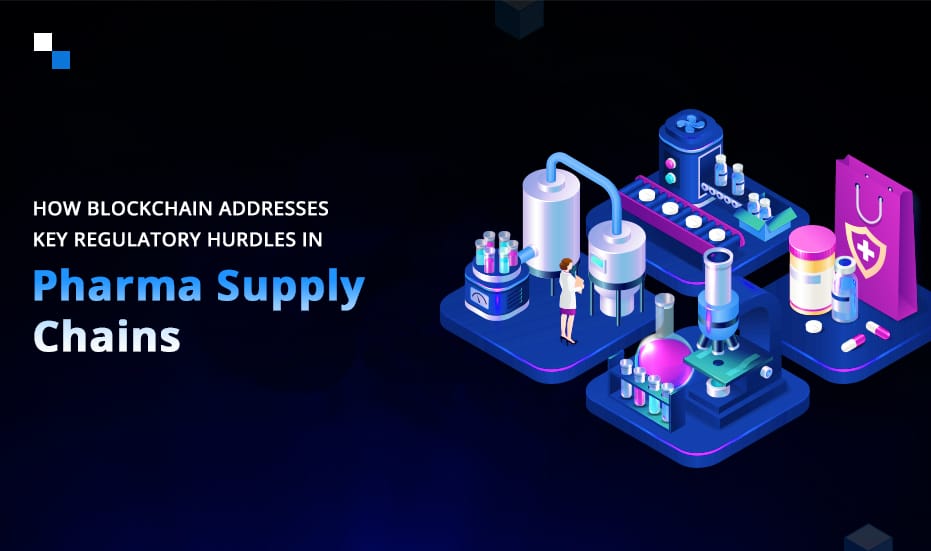Blockchain, the distributed ledger technology, has revolutionized the way transactions are processed and further paved the way for a new economy based on a decentralized approach that operated without intermediaries. The technology may sound simple but it’s a complex system that comprises a number of components that work together and ensure hassle-free functioning.
This blog has shed light on the fundamentals of the Blockchain ecosystem along with a detailed discussion of each component.
1. Node Application
Node application is one such component of the Blockchain ecosystem that every inter-connected computer must down in order to become a participant. For instance, if you consider Bitcoin, as a Blockchain ecosystem, participation in the Blockchain network is only possible if each computer connected to the internet runs a Bitcoin wallet application.
This example demonstrates the Blockchain ecosystem follows the set design and rules of a SON or Service Overlay Network. The computer must have an application that could influence the shared data in the SON network and can help you be classified as a node in the network.
2. Distributed Ledger
The word comprises two words- Distributed and Ledger. Ledger refers to any computer files that keep track of transactions and data of users. The term distributed ledger is a ledger that is usually distributed across all nodes in the concerned network. It is a database shared across all peers in the network. Besides, the most appreciable feature of the Blockchain is decentralization which offers key advantages for users. The ledger is updated to encourage each node in the network to develop the transaction. They can subsequently enter into an agreement regarding the correctness of the ledger copy they have. When all the nodes agree on the correctness of the transaction, the nodes would further update their ledger with the new data. Each record in a distributed ledger comes with a timestamp and unique cryptographic signature that enhances traceability.
3. Consensus Algorithms
Another key element of the Blockchain ecosystem is consensus algorithms. As we know Blockchain is completely verified and highly secure transactions, many may conclude that decentralization is responsible for offering the advantage. However, the real winner is the consensus algorithms.
Consensus algorithms are the alternative for centralized applications. In contrast to centralized applications where a central authority is relied upon to execute transactions, in Blockchain, this responsibility is distributed among the nodes in the network. In order to achieve consensus in this decentralized environment, Blockchain uses consensus algorithms such as Proof of Work (POW) and Proof of Stake (POS). These algorithms send transactions from miners to validator nodes, which must agree on the validity of the transaction before it is added to the ledger. If a consensus is reached, the transaction is recorded, and if not, it is discarded.

4. Virtual Machine
Another logical component in the Blockchain ecosystem pertains to the virtual machine, which runs concurrently with the node application. It is worth noting that the virtual machine is essentially a virtualized version of a physical computer, complete with associated resources.
A prominent example of a virtual machine within the Blockchain ecosystem is the Ethereum Virtual Machine (EVM), which is embedded in the node application. The EVM serves as a noteworthy illustration of how important Blockchain ecosystem components are for comprehending instructions that govern the states of digital smart contracts. Additionally, the EVM in the node application guarantees that the contract’s terms and conditions are enforced.
5. Asset
An asset is something having a value, either physical or non-physical, recognized by the nodes in the network. Check out a few examples of assets below-
- Financial transactions: Blockchains such as Bitcoin use a ledger for storing the transaction data of their cryptocurrencies.
- Medical records: Private Blockchains store the medical record of patients in order to maintain integrity in an untrustworthy environment.
- Business transactions: Businesses utilize private Blockchains while performing transactions for increased product integrity.
- Code blocks: Blockchains such as Ethereum use it for storing codes in the form of smart contracts..
Final Thoughts
In conclusion, the Blockchain ecosystem is a complex system that comprises a number of components. The above-highlighted points are all critical components of the ecosystem. As Blockchain technology continues to evolve, these components will become even more crucial when it comes to enabling the creation of new decentralized services and platforms. Blockchain experts at Antier better understand this fact and hence, always stay updated with the new trends in the Blockchain and its components. Our company helps enterprises that are warming up to the concept of Blockchain to accept the Blockchain ecosystem and walk with the ongoing trends in its components. We have helped several organizations and SMEs with Blockchain development services focusing on its major components. If you also want to leverage the technology, connect with our Blockchain development team and share your requirements today.





